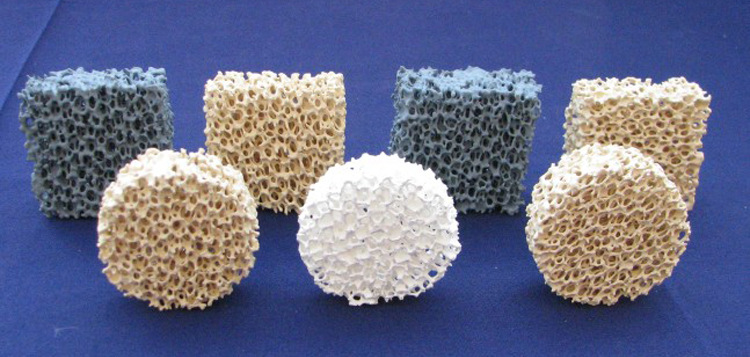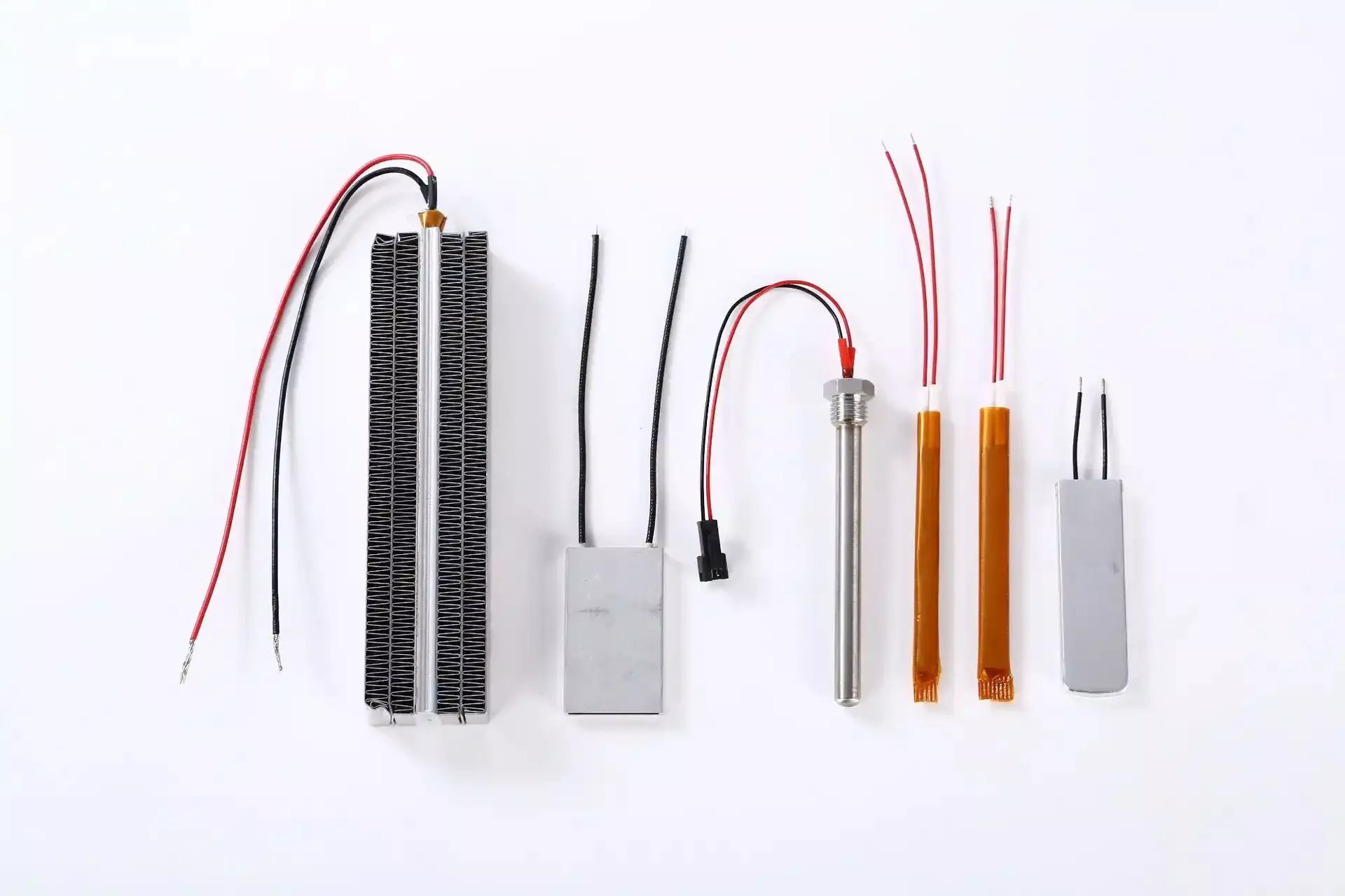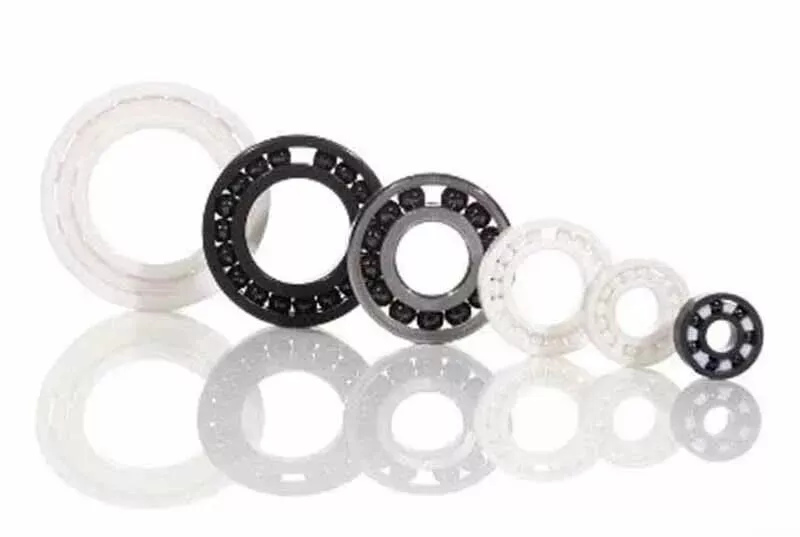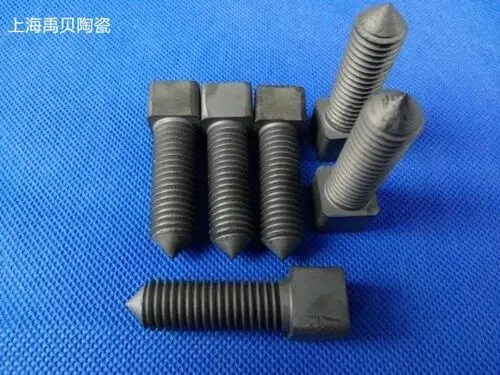As one of the earliest metal hot working processes mastered by humans, casting has a history of about six thousand years. China reached the peak of bronze casting between 1700 and 1000 BC. Representative products of ancient casting include the Simuwu Square Ding of the Shang Dynasty, the Zeng Hou Yi Pan of the Warring States Period, and the Touguang Town of the Western Han Dynasty. Casting refers to a processing method where solid metal is melted into liquid, such as aluminum, iron, copper, steel, etc. and poured into a pre-prepared specific shape of mold, and then allowed to solidify and take shape. Compared with other process methods, casting has the advantages of low cost, great process flexibility, and easy batch production operation. It is widely used in fields such as petrochemicals, electronic energy, and mechanical manufacturing.
Due to casting defects caused by non-metallic inclusions and other casting problems, the proportion of scrap products can reach as high as 50% to 60% of the total scrap, and non-metallic inclusion defects not only seriously affect the mechanical properties and casting performance of castings but also have harmful effects on the cutting processing and appearance of castings. Therefore, since the 1960s, a method of using filtration technology to purify liquid casting alloys, reduce or eliminate various non-metallic inclusions, and exhaust problems has emerged.
Filtration technology has gone through many improvements over more than half a century of effort from researchers, from using simple filters made of iron wire mesh and perforated steel plates to the appearance of two-dimensional structure internal filter nets made of silica sol fibers and boron nitride fibers and then to the widely used foam ceramic filters. This has improved the problem of low casting yield. This article introduces foam ceramic filters:

Foam ceramic filters generally use polyurethane foam plastics as carriers and immerse them in ceramic slurries made of refractory aggregates, sintering aids, binders, and other powders added with water. Then, extrude excess slurry, leaving the ceramic material around the foam fiber. After drying, it is fired at high temperature and sintered to leave a foam ceramic product.
Foam ceramics have a pore structure similar to foam plastics, with a through-hole rate of 85%-90%. The earliest foam ceramic filter was the Selee/Al aluminum alloy foam ceramic filter developed by R.R.Mollard and N.Davison of Consolidated Aluminum Company in the United States in 1978. Subsequently, developed countries such as Japan, the United Kingdom, Germany, and Switzerland successively developed foam ceramic filters for filtering various alloys.
Harbin University of Science and Technology in China first developed a foam ceramic filter only for filtering aluminum alloys in 1982, and then in the mid-1980s, it developed a foam ceramic filter (CFF-I) for filtering black metals. [1]
Dongfeng Motor Corporation originally manufactured sand core screens using resin sand and hot core boxes, which had the disadvantages of large pore size and low temperature resistance. In the 1980s, it changed to alumina sintered screens, but the pore size was still large. In the early 1990s, it began to use filter nets woven from refractory fibers. To solve the problem of being easily broken by molten iron, a refractory material screen was added under the woven net, which increased the cost and complicated the process. Finally, Dongfeng Corporation experimented with using foam ceramic filters, which have been used for more than 30 years. It not only reduced the waste rate of slag, sand holes, and air holes in castings by nearly 70%, but also simplified the pouring system, improved the process yield by 10%, and reduced costs by 6%. Both enterprise and social benefits have been significantly improved. [2]
Due to the different pouring temperatures of casting alloys, different foam ceramic filters with different refractory materials should be selected for castings. In recent decades, various foam ceramic filters have been developed at home and abroad according to the performance of different alloy materials.
The application of foam ceramic filters in the filtration of liquid casting alloys has made significant progress, and its application field has even expanded to metallurgy. For example, the US Hi-Tech Ceramic Company used its high-purity partially stabilized foam ceramic filter to filter large super alloy steel ingots weighing 22 tons, with a casting time of up to 60 minutes.
Japan's Nisshin Steel Co., Ltd. placed a high-purity partially stabilized foam ceramic filter on the middle package partition wall with a capacity of 15 tons in continuous casting, which increased the purification degree of its corrosion-resistant steel billet parts by about 16%, and the distribution of inclusions smaller than 6μm was also improved. [3]
The application of foam ceramic filters in China is still limited to the casting of liquid alloys. With the further development of modern casting technology, the requirements for casting quality will become higher and higher. The performance of foam ceramic filters will be further developed and breakthroughs will be made in the production process, which has broad development prospects and other possibilities.
Declaration: This article is provided by CERADIR™ users or obtained from Internet, the content does not represent the position of CERADIR™. We are not responsible for the authenticity/accuracy of the article, especially the effects of the products concerned. This article is for study only, it does not constitute any investment or application advice. For reprinting, please contact the original author. If it involves the copyright and/or other issues, please contact us and we will deal with it asap! CERADIR™ has the interpretation of this declaration.







